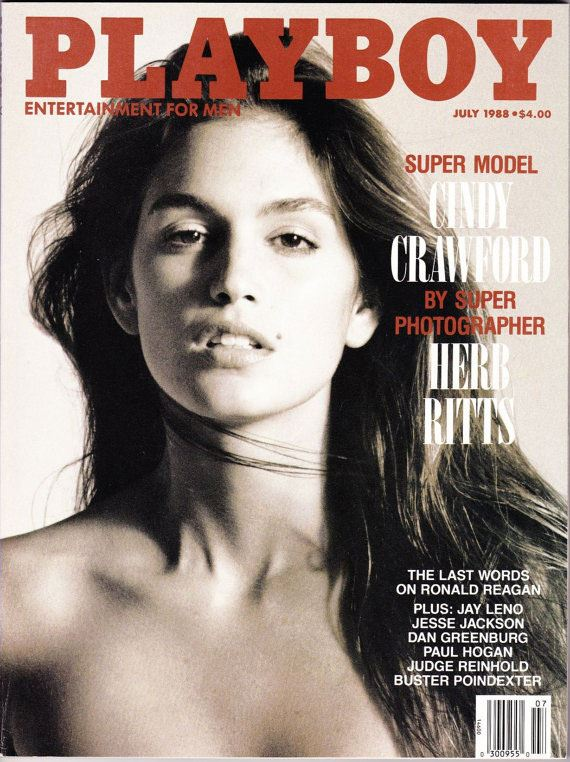The Supers
On September 13th, a mini-series titled In Vogue: The 90s, premiered on Disney+. In this docuseries, Anna Wintour, Hamish Bowles, Tonne Goodman, Grace Coddington, and Edward Enninful explore the impact of the fashion industry during the 90s, particularly the phenomenon known as the “supermodel effect”. The 90s supermodels, still admired as style icons today, were the first version of what we now consider an ‘influencer’. Their impact extended beyond the runway as they quickly became public personas, and can still be observed today in their influence on fashion.
British Vogue Cover January 1990 via Vogue.
In 1990, British Vogue put 5 supermodels on their January cover - Naomi Campbell, Linda Evangelista, Tatjana Patitz, Christy Turlington, and Cindy Crawford, also referred to as the Supers, photographed by Peter Lindbergh. This cover has come to represent a turning point in the fashion industry, as it marks the beginning of the 90s supermodel era. Before the 80s, the ‘supermodel’ as a concept did not really exist. There were runway models, but in the 80s is when supermodels began taking on the shape of celebrities.
By the 90s, ‘supermodel’ was a common title which quickly equated the meaning of model to A-list celebrity. Not only were supermodels earning vast amounts of money more than regular models, but they had also become public figures. They were no longer women with no voice, who only modeled clothes on the runway - the public was interested in their personal lives. These supermodels began appearing on talk shows, landed movie roles, and were written about in gossip columns.
Kate Moss on the cover of The Face magazine July 1990 via Magazine Canteen
This same year, Kate Moss made her debut on the cover of The Face magazine. Kate’s ascent into the industry was quite rapid, as she introduced a new set of beauty standards. She became a preeminent figure during the early 90s, for her ‘heroin chic’ look - which resurfaced last year as a trend, causing quite a bit of controversy. Moss also became quite the household name, following her Calvin Klein campaigns. She quickly became one of the fashion icons to watch for decades to come, as she was known for her waifish figure.
Linda Evangelista in the Freedom music video
90s supermodels shaped much of pop-culture revolving around fashion, photography, and even music. George Michael’s music video for Freedom is a true testament to the peak of supermodel culture of the 90s. In his video, we see Naomi Campbell, Linda Evangelista, Christy Turlington, Tatjana Patitz, and Cindy Crawford dancing around a dark and cold house to Freedom. What we actually see on the screen is the 5 most powerful women in terms of social influence of the 80s and 90s. The video still stands as an iconic piece of work today, as it features the it-girls of the time.
Cindy Crawford on her first Playboy cover, July 1988 via iCollector
Due to their social status, the Supers held an extensive amount of power in the industry. A great example of this is Cindy Crawford’s Playboy Cover in 1988 - an unconventional move for a model of her standing at that time. “I said, you don’t need to pay me a lot of money, as long as I can have control of the images, and I wanted the right to kill the story if I don’t like it.” For any other model which was not Cindy, this privilege would not be given to. While it should be this way, since everybody is entitled to their agency, the industry is full of nonconsensual activities. However, Cindy’s standing gave her an immense amount of power and control over her narrative in the media, how and what she posed for, and probably the amount she earned.
Their long-lasting modeling careers pose an interesting question of what exactly was it that made these women so timeless in the eyes of the industry and the public. One significant aspect to look at is the time period that all of these models emerged in. At the time that the Supers became big, the fashion industry was going through a transitional period from timeless & classic glamour to more dressed down, grunge era. Turning Point in the industry and the blend of the Supers accepting Kate Moss as a new addition, the original 5 seem to be the last models left with such timeless elegance. What we see in the industry and on the runways after them, is models with no particular facial structure or particular body type, just women that are there to show the clothes off rather than show a personality.





